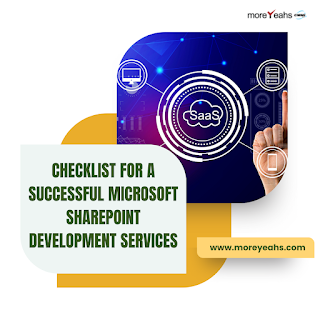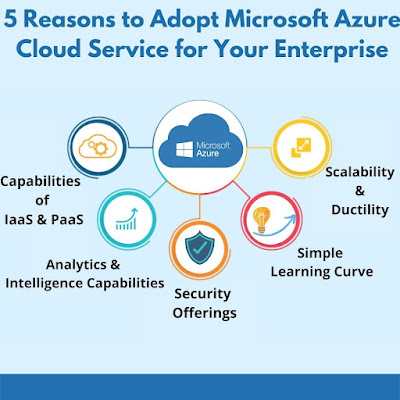Checklist for a Successful Microsoft SharePoint Development Services
Microsoft SharePoint Development Services offers a powerful platform for collaboration, document management, and workflow automation. But unlocking its full potential often requires custom development. To ensure your SharePoint development Services is a success, careful planning and execution are crucial. This checklist will guide you through the key stages, from initial ideation to post-launch support.
Pre-Development:
Define Your Needs:
- What business problems are you trying to solve?
- Who are your primary users and what are their needs?
- What functionalities are essential vs. desirable?
Evaluate Existing Infrastructure:
- Assess your current SharePoint version and any customization needs.
- Analyze hardware, software, and security configurations.
- Identify potential compatibility issues.
Gather Stakeholder Input:
- Involve key stakeholders like business users, IT administrators, and decision-makers.
- Get their buy-in on project goals and functionalities.
- Define success metrics for user adoption and ROI.
Choose the Right Development Partner (Optional):
- If outsourcing development, consider their SharePoint expertise, experience, and communication style.
- Ensure they align with your project goals and budget.
Development Phase:
Develop a Detailed Project Plan:
- Define the scope of work, timelines, milestones, and deliverables.
- Outline resources, development methodology (e.g., Agile), and communication protocols.
- Establish a clear testing and quality assurance process.
Focus on User Experience (UX):
- Design an intuitive and user-friendly interface for your SharePoint solution.
- Prioritize ease of navigation, information searchability, and accessibility.
- Consider user training materials and ongoing support options.
Ensure Security and Compliance:
- Implement robust security measures like user permission levels and data encryption.
- Adhere to relevant industry regulations and data privacy policies.
- Conduct regular security audits and penetration testing.
Integrate with Existing Systems:
- Seamlessly integrate SharePoint with other business applications (e.g., CRM, ERP).
- Ensure data consistency and streamline workflows across platforms.
Post-Launch:
User Training and Adoption:
- Provide comprehensive training materials and user guides.
- Offer workshops or online tutorials to familiarize users with the new functionalities.
- Encourage user feedback and address any usability concerns promptly.
Performance Monitoring and Optimization:
- Track user activity and monitor system performance.
- Identify and address bottlenecks or performance issues.
- Continuously optimize the solution for efficiency and scalability.
Ongoing Maintenance and Support:
- Establish a process for bug fixes, security updates, and feature enhancements.
- Provide ongoing technical support to address user queries and troubleshoot issues.
By following this checklist, you can increase your chances of a successful SharePoint Consulting Service. Remember, clear communication, collaboration, and a focus on user needs are essential ingredients for maximizing the value of your investment in SharePoint.
Contact MoreYeahs today!
For more info, visit: https://www.moreyeahs.com/services/microsoft-services/sharepoint/




Comments
Post a Comment